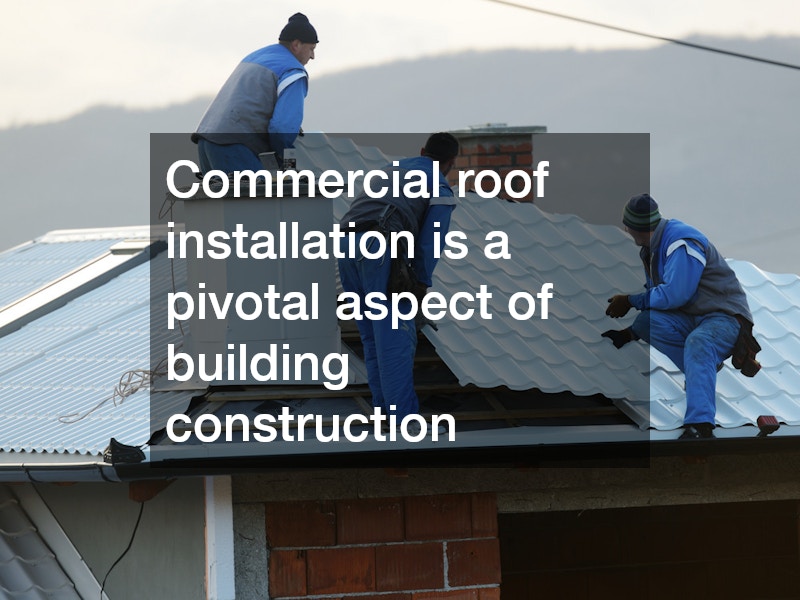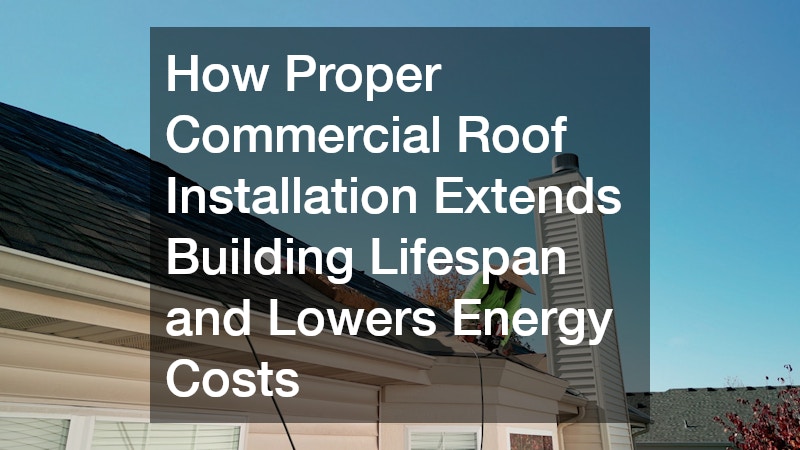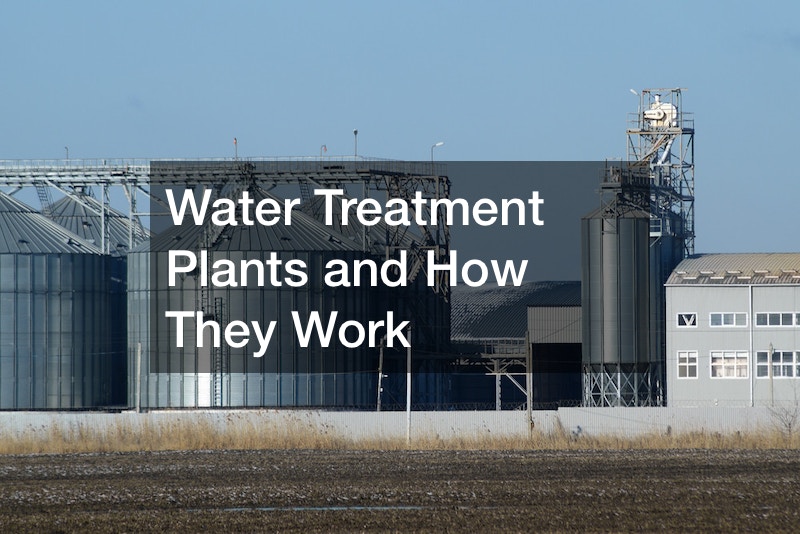How Proper Commercial Roof Installation Extends Building Lifespan and Lowers Energy Costs
Commercial roof installation is a pivotal aspect of building construction that has far-reaching implications for both the structure’s lifespan and its operational energy costs. Proper installation is not merely an initial expense but an investment in a building’s longevity and efficiency.
Why is Proper Installation Crucial for Extending Building Lifespan?
Preventing Structural Damage
A well-installed roof prevents leaks that could lead to water damage, a common but avoidable structural issue in many commercial buildings. By ensuring proper sealing and using superior materials, the occurrence of such detrimental effects is significantly reduced, thereby prolonging the building’s longevity.
Proper commercial roof installation involves meticulous attention to detail to avoid potential entry points for moisture. Secure installation is crucial in preventing costly repairs that result from water penetration over time.
The absence of structural compromise safeguards the integrity of the building, enhancing its overall lifespan. Opting for professional roofing solutions mitigates the threat of unexpected deterioration in the structure.
Resistance to Weather Elements
A roof that is installed with resilience in mind offers superior protection against unpredictable weather conditions, which can include heavy rain, snow, and strong winds. The use of robust materials and techniques ensures that a roof withstands the test of time without succumbing to weather-induced damage.
Diverse weather exposures necessitate a roof capable of expanding and contracting without failure. Commercial roofing solutions that incorporate durable membranes and resistant materials provide optimal defense against external elements.
Consistent exposure to harsh weather can undermine a building’s structural integrity if not properly managed by a well-installed roof. The design and material choice directly influence the roof’s ability to shield the building effectively.
What Are the Energy Efficiency Benefits of Proper Commercial Roof Installation?
Improved Insulation
Proper commercial roof installation enhances the insulating properties of a building, effectively reducing the transfer of heat and maintaining internal temperature consistency. This upgraded insulation capability significantly decreases the building’s dependency on artificial heating and cooling, lowering energy costs.
By maximizing insulation, energy is conserved, resulting in reduced utility bills and diminished environmental impact. Commercial roofs thus serve as a barrier that protects and optimizes energy use.
Integrating quality insulation materials during installation contributes to better thermal performance throughout different seasons. Building owners benefit from reduced operational expenses thanks to enhanced energy efficiency.
Reflective Roofing Solutions
Reflective roofing materials are designed to mirror solar radiation, effectively reducing the heat absorbed by the building. This reflectivity decreases the indoor temperature load, thereby lessening the reliance on air conditioning systems during hot months.
Reducing the solar heat gain not only cuts down on cooling expenses but also aids in prolonging the life cycle of roof materials. Reflective solutions are pivotal in achieving sustainable building practices by minimizing energy use and promoting eco-friendly alternatives.
Implementing reflective technologies in roof installations can contribute significantly to obtaining energy efficiency certifications. They symbolize a commitment to sustainability and reduced carbon footprint in commercial buildings.
How Does Incorrect Installation Impact Building Maintenance Costs?
Frequent Repairs and Maintenance
Incorrect roof installations can result in recurrent leaks and other issues requiring frequent repairs, which increase maintenance expenditures. Addressing such avoidable maintenance demands over time elevates the expenses related to building upkeep.
Each repair not only incurs direct costs but can also disrupt business operations, highlighting the hidden expense of poor initial installations. Careful attention to installation quality from the outset saves considerable resources in the long run.
Commercial buildings with improperly installed roofs face increased risk of damage due to unanticipated weather conditions. This constant need for attention detracts from the potential savings acquired through better construction practices.
Warranty and Insurance Issues
Improper roof installation can void warranties that safeguard against defects, forcing owners to bear the total cost of repairs. Insurance claims may also be denied if damage arises from inadequate roofing practices.
Ensuring compliance with manufacturer and regulatory standards at installation protects against these legal and financial pitfalls. Secure, professional installation thus reassures building owners against potential warranty-related disputes.
Obtaining professional certification of the roof’s initial installation can ameliorate concerns with both insurers and coverage providers. Such foresight into quality installation prevents costly misunderstandings in the future.
Conclusion
Investing in proper commercial roof installation manifests in multiple benefits, ranging from extended building lifespan to reduced energy costs. By prioritizing quality installation, building owners safeguard their investment, ensuring durability and efficiency that serves their operational, financial, and environmental interests.



